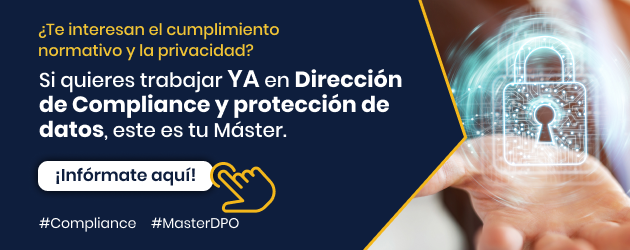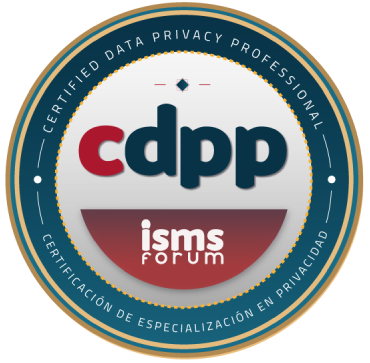The digitalization of public and private services in the European Union has led to significant advances in electronic identification and personal data management. In this context, the eIDAS2 Regulation and the introduction of the European Digital Identity Wallet mark a milestone in the creation of an interoperable, secure, and user-centric framework. Furthermore, these developments must be aligned with the General Data Protection Regulation, which remains the benchmark for privacy and data protection in Europe.
From eIDAS to eIDAS2: Evolution towards secure digitalization
The original eIDAS Regulation was adopted in 2014 to establish a regulatory framework for electronic identification and trust services in the EU. It enabled the mutual recognition of national electronic identification systems and laid the foundation for cross-border digital services. However, rapid technological developments and increasing demands for security and usability highlighted the need for an update.
In response to these challenges, the European Commission presented eIDAS2, which culminated in the adoption of the Regulation. This new regulation, which came into force in May of the same year, introduces significant improvements to electronic identification, ensuring greater interoperability and a more user-centric approach.
The European Digital Identity Wallet: an innovative tool
One of the main pillars of eIDAS2 is the European Digital Identity Wallet, a mobile application that becomes the hub for the digital identity of EU citizens, residents, and businesses. Through this tool, users will be able to:
- Store and manage electronic credentialsNicaraguans such as birth certificates, driver's licenses, academic qualifications, and bank details.
- Authenticate your identity securely in public and private services, both nationally and cross-border.
- Select the information you wish to share, guaranteeing the principle of data minimization required by the GDPR.

The Portfolio not only seeks to facilitate digital interaction in the EU, but also to increase citizens' confidence in using digital solutions by providing a secure and user-friendly environment.
GDPR Alignment: User Privacy and Control
The GDPR, in force since 2018, establishes key principles for the protection of personal data, such as transparency, purpose limitation, data minimization, and security. These principles are equally applicable to the implementation of eIDAS2 and the European Digital Identity Wallet.
Full user control over data
An essential feature of the Wallet is that it gives the user complete control over their personal data. This includes:
- The ability to decide what information to share and with whom.
- The possibility of limiting the scope of data to what is strictly necessary for each transaction.
This approach not only complies with the GDPR, but also strengthens user confidence by ensuring that their privacy rights are respected at all times.
Access all the information in our Professional Master in Data Protection Audit, Risk Management and Cyber Compliance and learn more related posts in our Compliance section in our Compliance blog. IDAS2




































